deepeye.hu
Astronomical Drawings of Peter Kiss
Astronomical Drawings of Peter Kiss




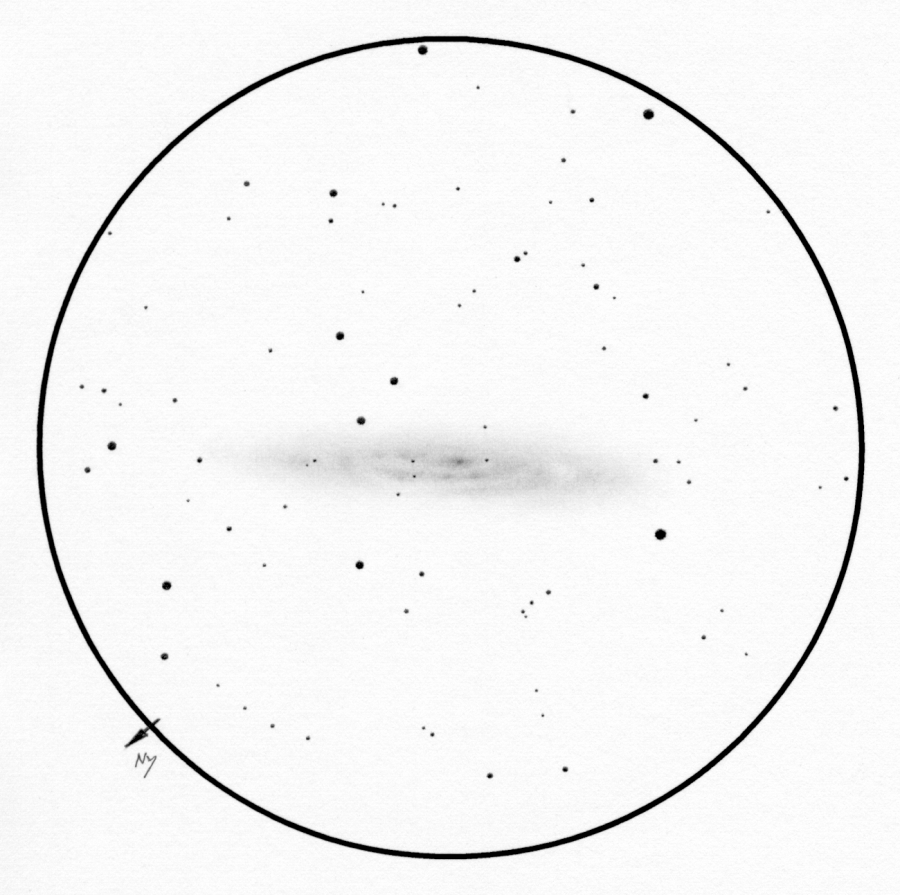
 Previous
PreviousCarina open cluster + diffuse nebula
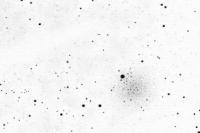 Next
NextMusca globular cluster and the Dark...
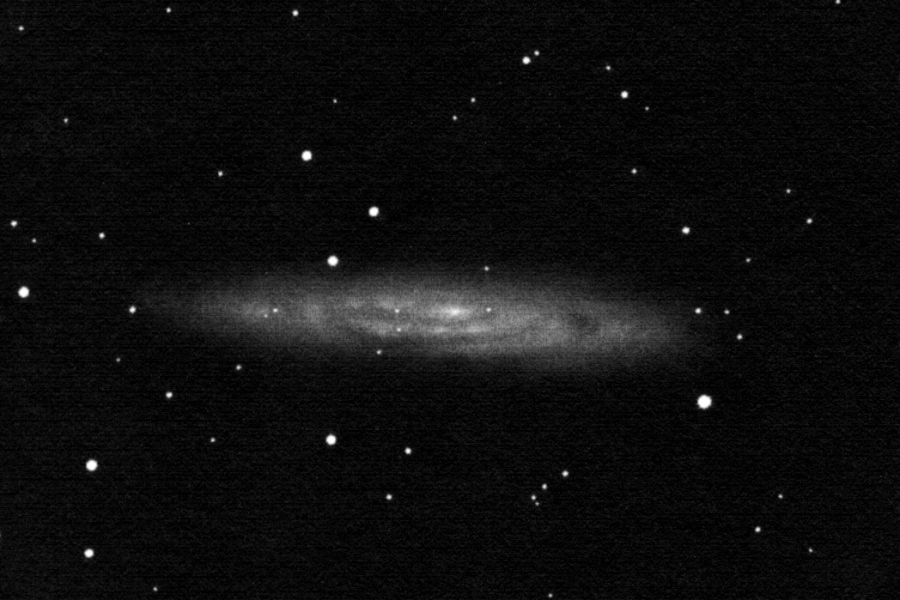
I went to Namibia thinking that I by no means want to draw NGC 253 because I don't like this galaxy. Then one morning we took a look at it with the 16" Dobsonian. Both Ivan I stood in awe. We didn't need to explain what we were seeing - it was clear to both of us. NGC 253 is not a thick cigar of light. NGC 253 is a very thin disk. A perfect circle with the spiral structure on it that we see pretty edge-on. This galaxy is slender, it's floating in space behind the stars and shining.
The galaxy exhibits many details and the spiral structure can be seen as well. But it is not clear to me which direction it is. The two dust lanes under the core are very spectacular. Both are inhomogenious. Using 180x enlargement the whole galaxy is inhomogenious - it is many fields of shining.
I drew the positions (not the brigtnesses) of some of the stars (the ones that give the skeleton of the field) into the sketch from Guide.
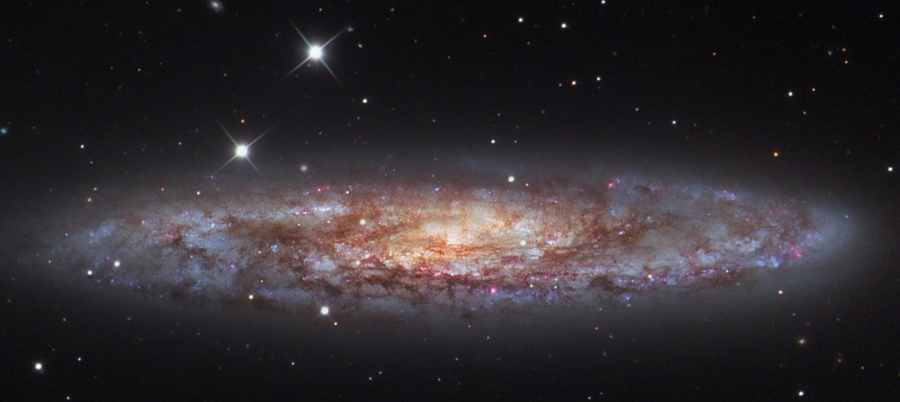
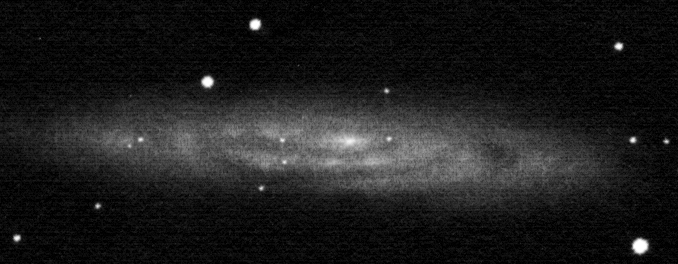
It might be worth comparing the drawing, that is the eyepiece impression of the galaxy with the photographs. The photo on the left, courtesy of László Francsics was made using a 51cm Dall-Kirkham telescope remote controlled in Siding Spring, Australia. The original image has been rotated to get closer to the orientation of my drawing.
As in the case of practically all photographs, you can see that the visual view is much more dominated by the stars than they are pronounced in the photograph. It can help to compare the position and look of the bright spots and dust lanes using their relative position to the stars. It can be seen that the tiny details, the delicate structure of the dust lanes were not visible in the telescope.
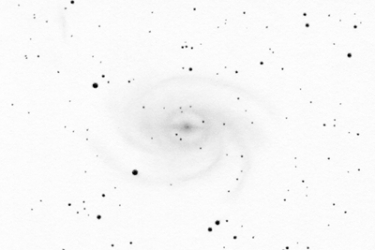
Pavo galaxy
The grand spiral galasy of Pavo
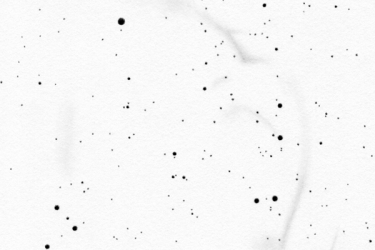
Panorama drawing
Huge and faint supernova remnant in the southern sky
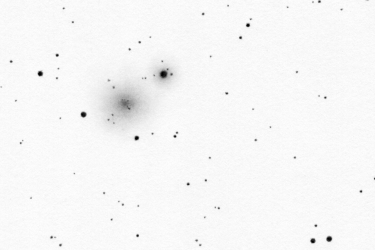
Centaurus globular cluster
The second globular in Centaurus

Apus globular cluster
Globular cluster close to the Southern celestial pole
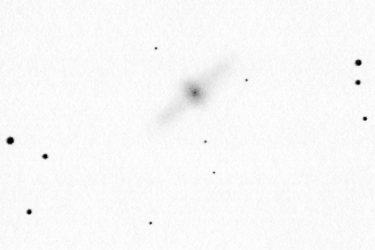
Centaurus galaxy
Polar ring galaxy
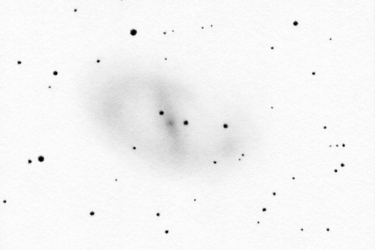
Ara galaxy
Barred spiral galaxy in the thick of the Milky Way